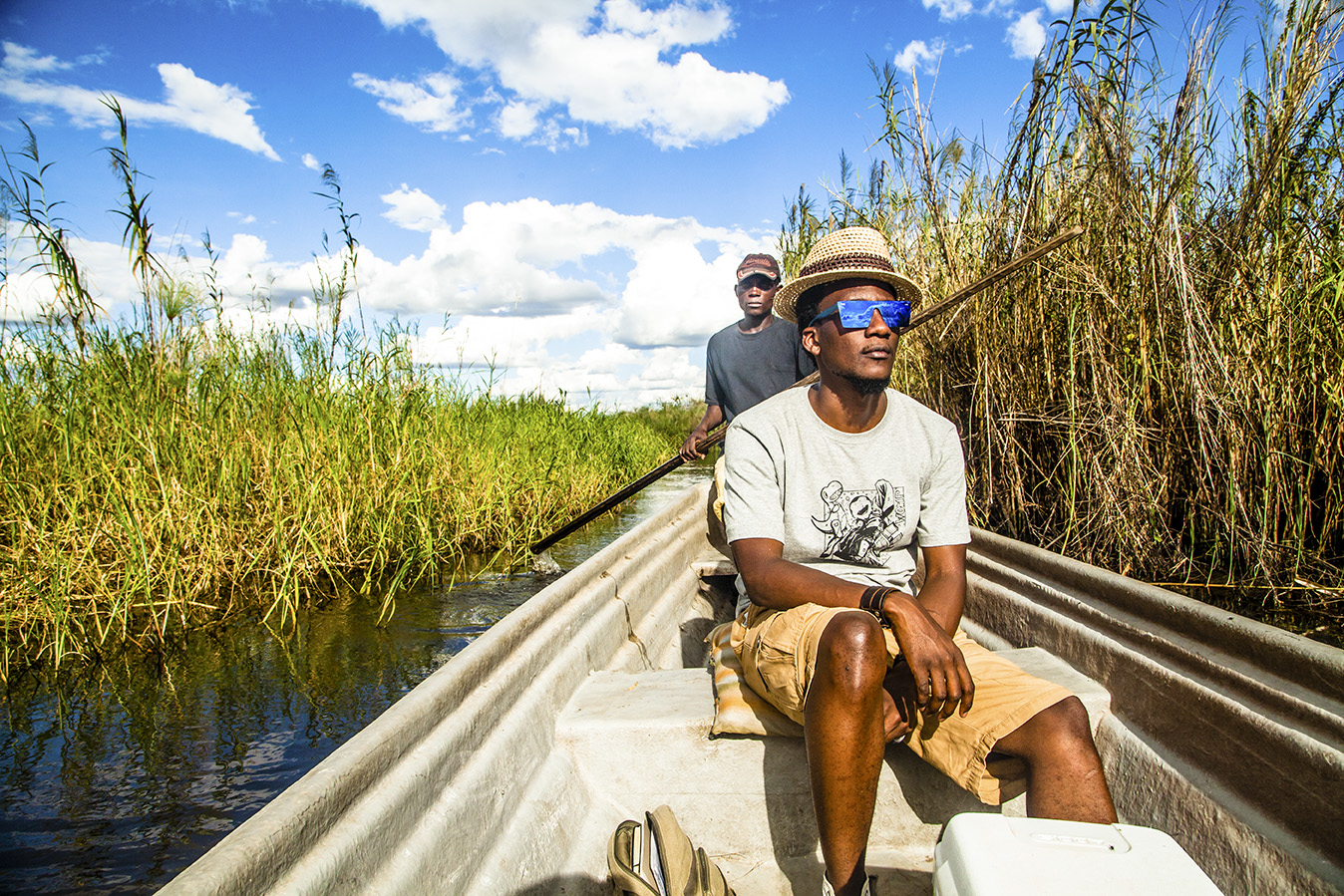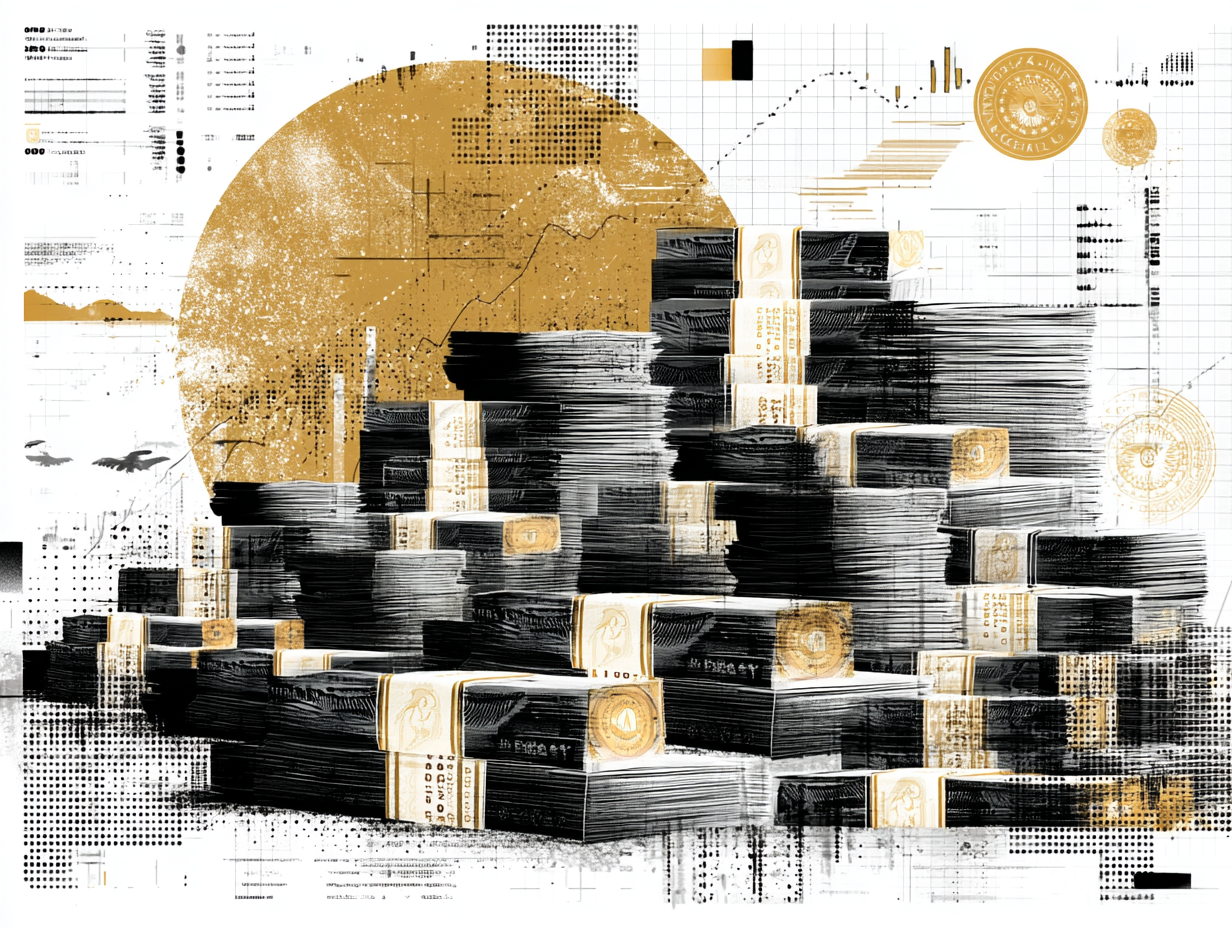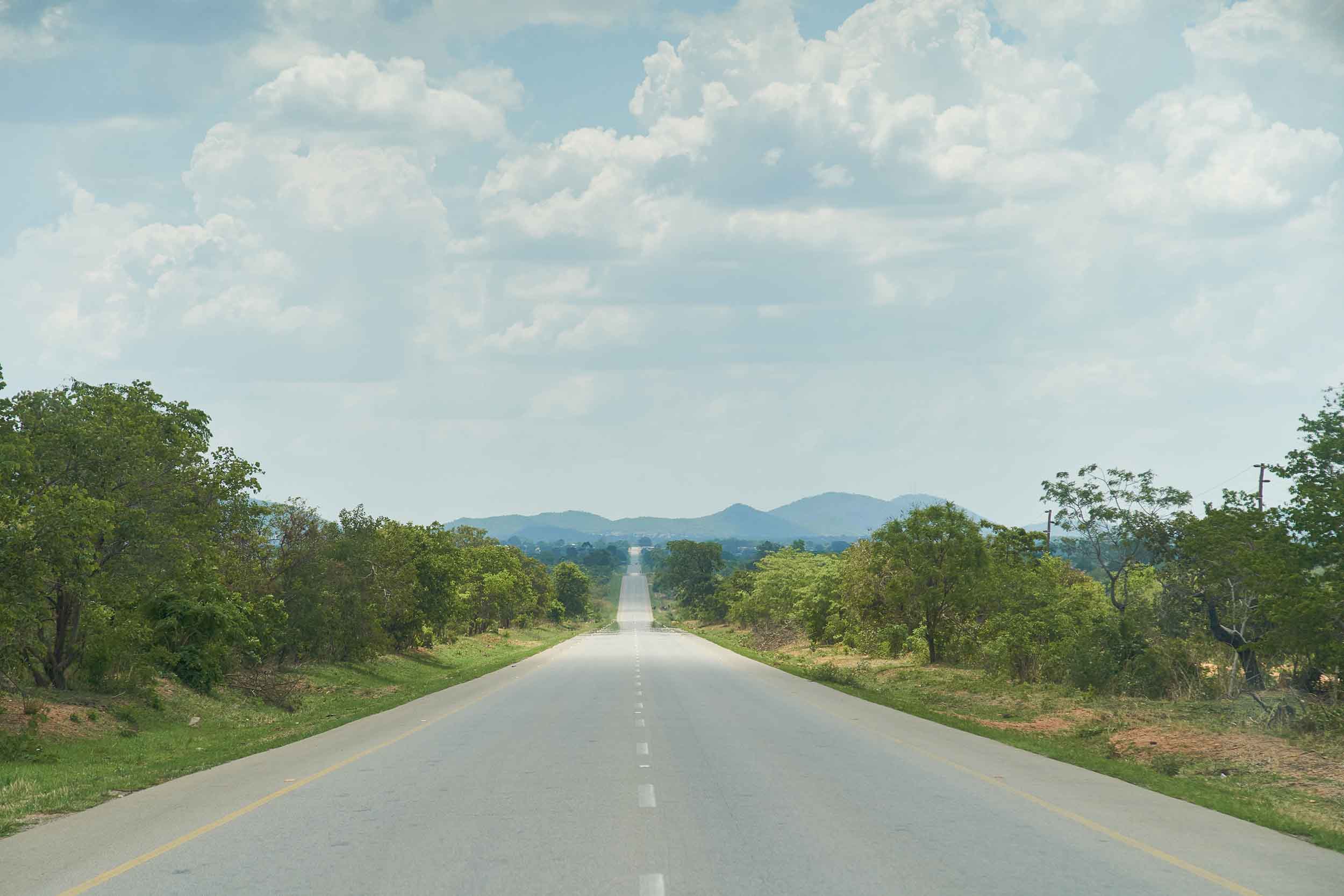Domestic tourism is a polarising topic for both private sector operators and domestic tourists. Private sector operators bemoan the high taxes and levies on the supply side, whilst on the demand side domestic tourists complain of the exorbitantly high prices they are required to pay. It is possible that both arguments contain some truth, but we have to delve deeper into the policy and cost structures to chart a way forward.
A 2012 study by ZIPAR, revealed that the average price of a presidential suite in Livingstone (Zambia) was just over twice the average price of a similar suite in Victoria Falls (Zimbabwe), which is just a few kilometres across the border. Hotels and resorts are the main providers of accommodation to tourists visiting both countries and thus the price differentials on the product have important implications on where tourists decide to visit.
By and large, Zambia still needs to encourage more domestic tourists to explore their own country. Both the private sector and the government should play their parts in improving the environment for local tourists. Operators in the tourism industry must reduce their charges to encourage more Zambians to visit their establishments. The benefits include the creation of year-round traveller activity, lessening the drops in the seasonality curve, and enabling ‘365’ industry operations. Further, there is generation of significant revenues and employment, as domestic tourists keep spending money within their home country. On the other hand, the government can introduce specific incentives targeted at Zambians, especially those who wish to invest in the tourism sector.
Tourism is potentially one of Zambia’s best prospects for economic diversification and growth. The tourism sector has the potential to play an increasingly important role in stimulating economic growth by contributing to job creation, foreign exchange earnings, entrepreneurial development, infrastructural development and improvements to rural areas.
There are concerns, however, over the effectiveness of public sector policy and strategic interventions in realising the potential of tourism. Many operators argue that the business environment is exceptionally difficult in terms of both the high costs of doing business and the variability of regulations in the industry. In sum, they say, it is a struggle to generate decent profits. Their critics, however, say that such claims are unfounded. They believe that the operators have been deliberately creating information asymmetries, causing loss of government revenue, and benefiting from higher prices of tourism service packages than their competitors in the region. It is possible that both perspectives contain some truth. Until we gain a better understanding of the cost and price structures and their differences with regional competitors, the mistrust between the two sides will persist.
The aforementioned ZIPAR study undertook an investigation into the various operating costs faced by tourism operators in Livingstone. These costs included, but were not limited to, electricity, water, fuel, maintenance and taxes. The most significant proportion of the total costs faced by tourism operators was associated with repairs and maintenance (26% of the average total costs). This was explained by the need for the operators to maintain high standards in the midst of local and regional competition. It was further noted that a significant proportion of the total operating costs faced by tourism operators goes to taxes. On average, VAT constitutes 22% of the total costs faced by operators, while other taxes constitute 15% of the total costs. Based on this, the private sector should be encouraged to offer cheaper rates to locals through VAT rebates.
Tourism as a sector does not operate in vacuum and we can’t speak about domestic tourism without looking at the overall national development policy. According to the 7th National Development plan (7NDP), a major focus area is on tapping into the unexploited potential of domestic tourism, as a way of contributing to the overall diversification of the economy. The government, through the Zambia Tourism Agency, hopes to identify and partner with operators within the hospitality industry willing to use a two-tier system in the pricing of accommodation facilities during off-peak tourism seasons, to allow local citizens pay a lower rate. In addition, a robust campaign will be conducted to bring about a mind-set change in organisations and citizens, so that tourism is not perceived as a mere luxury but as a way for them to relax and appreciate our national heritage.
It must be recognised that having a free market enterprise has proved to be the most efficient method of uplifting people’s lives, it must also be appreciated that sometimes the invisible hand of the free market needs some guidance. In the absence of some guidance, domestic tourism will not receive the attention it deserves and the sector will remain stunted. It is in the best interest of the nation to make the two tier system mandatory, not optional, in the pricing of accommodation and activites during off-peak tourism seasons. Both the private sector and the government should play their parts to improve the environment for local tourists.
SOURCES
Africa Tour Operators, Tourism Sector in Zambia Facing Big Challenges, 2014, 7th National Development Plan,
Ministry of National Development Planning, 2017-2021
The costs and pricing of tourism in Zambia, ZIPAR, 2012








